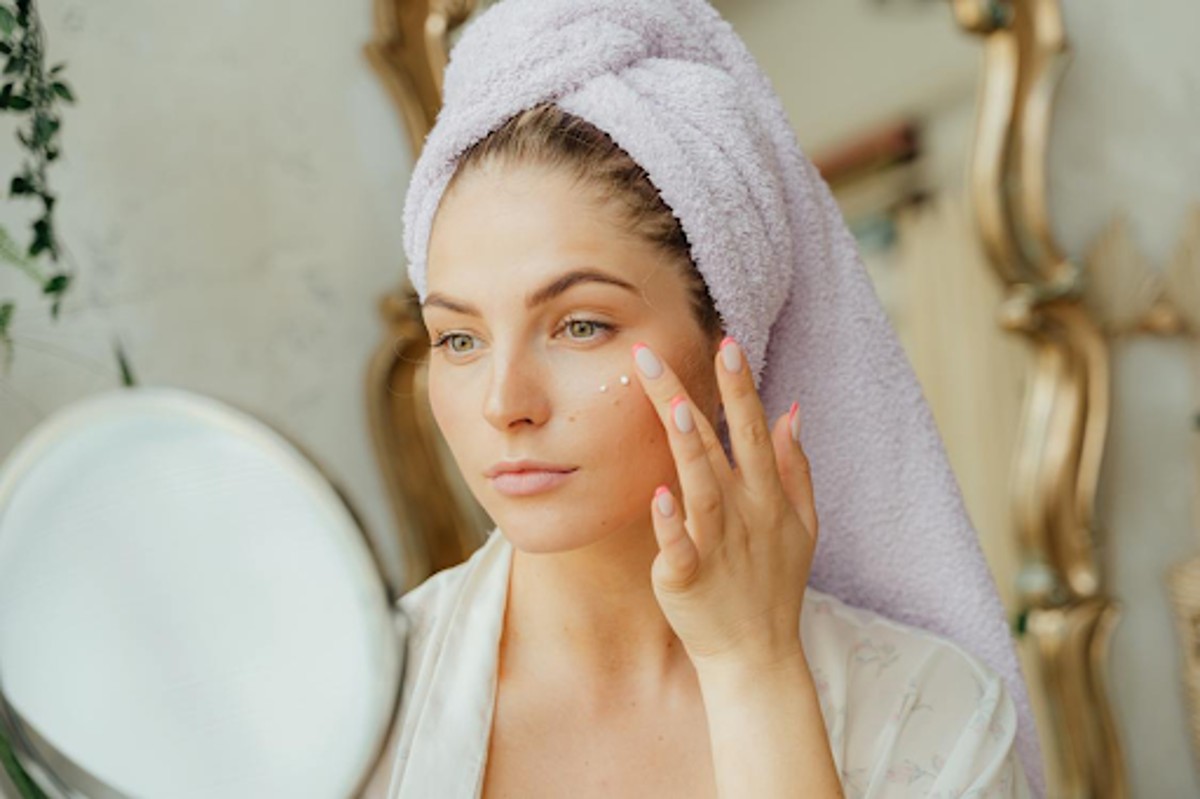Embrace the world of natural skincare with our ultimate guide to choosing the right natural face moisturizer. As the trend towards organic and natural beauty products continues to grow, understanding what makes a moisturizer genuinely natural is crucial. In this guide, we will navigate the nuances of natural moisturizers, helping you make an informed choice for your skin’s health and vitality. For those seeking high-quality options, visit Eight Saints to find the best product tailored to your skin’s needs.
What Makes a Moisturizer ‘Natural’
A natural face moisturizer is characterized by its composition of ingredients derived from natural sources. These ingredients are typically extracted from plants, fruits, and minerals, and are minimally processed to retain their purity and effectiveness. Unlike conventional products, natural moisturizers avoid synthetic chemicals and artificial additives. Understanding the difference between ‘natural,’ ‘organic,’ and ‘clean’ labels is essential, as each denotes varying levels of natural ingredient content and processing. When choosing a moisturizer, it’s important to look for products with transparent ingredient lists and certifications that authenticate their natural claims.
Understanding Your Skin Type
Identifying your skin type is fundamental to selecting the appropriate natural face moisturizer. Skin types range from normal, oily, dry, combination, to sensitive, each requiring different care. Oily skin benefits from lightweight, non-greasy formulas, while dry skin needs richer, more hydrating options. Combination skin requires a balanced approach, and sensitive skin needs gentle, soothing ingredients. Understanding your skin type helps tailor your moisturizer choice, ensuring it addresses your specific skin needs without causing imbalance or irritation.
Ingredients to Look for in Natural Moisturizers
When choosing a natural face moisturizer, seek ingredients that nourish and support skin health. Hyaluronic acid, a natural humectant, hydrates by drawing moisture into the skin. Oils like jojoba and almond mimic the skin’s natural sebum, balancing both dry and oily skin types. Shea butter offers deep moisture, particularly beneficial for dry skin. For soothing sensitive skin, aloe vera and chamomile are excellent choices. Antioxidant-rich ingredients like green tea extract and vitamin E protect the skin from environmental stressors.
Ingredients to Avoid in Natural Moisturizers
Be cautious of certain ingredients commonly found in skincare products that may not align with a natural approach. Parabens, used as preservatives, can disrupt hormonal balance and are best avoided. Phthalates, often hidden in fragrances, pose health risks. Synthetic colors and fragrances can irritate, especially sensitive skin. Ingredients like mineral oil and silicones, while not inherently harmful, can impede the skin’s natural functions. Opting for products without these ingredients ensures your skincare routine remains as natural and beneficial as possible.
Addressing Specific Skin Concerns
For specific skin issues, look for natural ingredients targeting those concerns. Tea tree oil and willow bark extract, known for their antibacterial properties, are suitable for acne-prone skin. Aging skin can benefit from antioxidants like vitamin C and natural retinol alternatives. Licorice root extract and kojic acid, found in some natural moisturizers, help in reducing hyperpigmentation. Ingredients like chamomile and calendula are ideal for calming redness and sensitivity. Tailoring your moisturizer to these concerns can enhance your skin’s health and appearance.
Reading and Understanding Labels
Understanding product labels is crucial in choosing a natural face moisturizer. Look for a clear list of ingredients, ideally with botanical names. Be cautious of long, unrecognizable chemical names that might indicate synthetic ingredients. Terms like ‘non-comedogenic’ suggest the product won’t clog pores, while ‘hypoallergenic’ implies lower chances of causing allergic reactions. Labels stating ‘dermatologist-tested’ can provide additional reassurance. Deciphering these labels is a key skill in selecting a moisturizer that’s truly natural and effective for your skin.
Testing and Patch Testing Natural Moisturizers
Before fully committing to a new natural face moisturizer, conduct a patch test to ensure it suits your skin. Apply a small amount to a discreet skin area and wait 24-48 hours. Monitor for any signs of irritation, redness, or discomfort. This simple test is particularly crucial for those with sensitive or reactive skin, helping avoid potential adverse reactions. Patch testing ensures that your choice of moisturizer not only aligns with your preference for natural ingredients but also agrees with your skin’s specific needs.
Integrating a Natural Moisturizer into Your Skincare Routine
To incorporate a natural face moisturizer into your skincare routine, apply it as the final step after cleansing and any serums or treatments. Gently massage the moisturizer into your face and neck, ensuring even coverage. If using in the morning, follow up with sunscreen to protect against UV damage. Consistent use of your chosen natural moisturizer can lead to improved skin hydration, texture, and overall health. Be attentive to how your skin responds over time, and adjust your routine as needed for optimal results.
Sustainable and Ethical Considerations
In addition to skincare benefits, consider the sustainability and ethical practices of the natural face moisturizer you choose. Seek brands committed to eco-friendly sourcing and packaging. Cruelty-free certifications are important for ensuring products are not tested on animals. Transparency in ingredient sourcing and manufacturing processes also speaks to a brand’s ethical commitment. By choosing environmentally responsible and ethically produced moisturizers, you contribute to a more sustainable approach to skincare, aligning your beauty routine with broader environmental and ethical values.
Conclusion
Choosing the right natural face moisturizer is a significant step towards a more conscious and effective skincare routine. This guide has provided comprehensive insights into identifying natural ingredients, understanding your skin type, and addressing specific concerns. By reading labels carefully and conducting patch tests, you can ensure that your moisturizer choice not only benefits your skin but also aligns with your natural skincare goals. Embrace this journey with patience and curiosity, as finding the perfect natural moisturizer can enhance both your skin’s health and your overall well-being. Let this guide be your companion in making informed and mindful choices in your pursuit of natural skincare.



